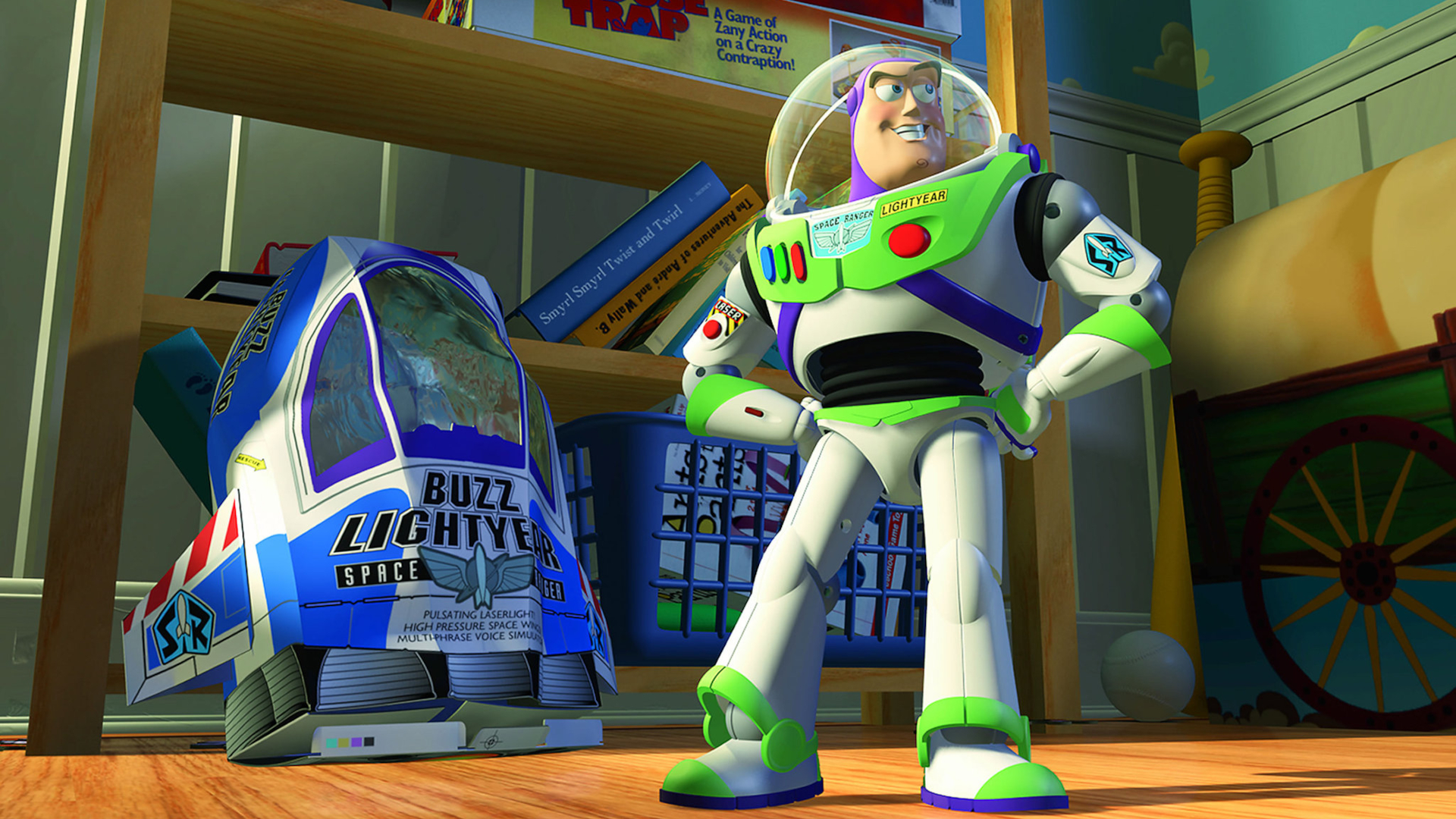Possible SpaceX debris falls in Australia from Crew-1 Dragon spacecraft
The crash site matches the re-entry path of an unpressurized capsule 'trunk' that fell to Earth around July 8.

Space junk from an old SpaceX mission may have landed in rural Australia.
A chunk of charred material reportedly left over from the reentry of a SpaceX spacecraft was found in the middle of a sheep paddock near Dalgety; the discovery followed a "bang" heard by witnesses July 9 local time in the southeast of the country.
SpaceX has not yet confirmed if the piece was a part of its Crew-1 Dragon spacecraft that splashed down successfully on May 2, 2021. That said, long-time space debris tracker Jonathan McDowell said on Twitter Friday (July 29) that Dalgety was in fact underneath the projected re-entry pathway of an unpressurized "trunk" piece of Dragon, jettisoned before re-entry.
McDowell added that the photos suggest that the debris came from one of the trunk fins. These fins sit on the circumference of the rocket to assist with aerodynamics during the launch phase of the mission.
Related: SpaceX's Crew-1 astronaut mission to the International Space Station in photos
Sheep farmer Mick Miners found the nearly 9-foot (3-meter) high object in a distant part of his paddock Monday (July 25) and didn't know what it was, according to ABC News. After a call to neighboring farmer Jock Wallace, he discovered Wallace spotted more debris on his property the previous week, on July 21.
Wallace called the local civil aviation authority for advice, who advised him to reach out to NASA for more information. "I'm a farmer from Dalgety. What am I going to say to NASA?" Wallace told ABC.
Breaking space news, the latest updates on rocket launches, skywatching events and more!
The debris is most likely the unpressurized "trunk" of the spacecraft, astrophysicist Brad Tucker told Space.com. "Having gone out there and looked at the bits myself, there is not a doubt in my mind it is space junk," he said in an e-mail.
The trunk is designed to send unpressurized cargo into space, and also to support the Crew Dragon during its launch, according to SpaceX. Half of the trunk includes solar panels that power Dragon when the vessel is in flight or docked to the station. The trunk detaches from the spacecraft shortly before re-entry.

The sonic boom, Tucker said, was widely heard at 7:05 a.m. local time on July 9 and the pieces found near Dalgety were "very close to the tracked path of the SpaceX-1 Crew trunk."
The farms where the pieces were found span hundreds of acres, which is why it took several weeks for the discoveries, Tucker added. "From a distance as well, it just looks like an old burnt tree stump. It wasn't until you got closer you realize there is something off about it. Both farmers thought it had been there a few weeks based on the last time they would have gone nearby."
Tucker found at least one part number on one of the pieces and has asked SpaceX to confirm if this matches the trunk. "Having looked at it myself," he added, "the way it is manufactured and the material is clearly of an advanced manufacturing. This wasn’t done in someone’s shed. You can see clear scorching marks from re-entry."
If confirmed as a piece of Dragon, Tucker told ABC this would be the largest documented piece of space debris in Australia since Skylab broke up over the continent during an uncontrolled re-entry over western Australia in 1979.
The NASA space station had been uncrewed for several years before increasing solar activity unexpectedly "ballooned" Earth's atmosphere, increasing the drag on Skylab. The agency did its best to steer the station to unpopulated areas. Known debris from the incident includes an oxygen tank, a hatch, and even a storage freezer.
Related: Skylab's remains: NASA space station debris in Australia (photos)
The potential SpaceX debris is at a relatively small scale compared with the nearly 100-foot (30-meter) Chinese Long March 5B core stage expected to come back to Earth this weekend. In any case, the odds of any space debris posing an issue to Earthlings is infinitesimally small.
The United States and most international space agencies have practices governing how to deal with space debris, with the Americans following government-created Orbital Debris Mitigation Standard Practices.
If the Dalgety debris is confirmed, this wouldn't be the first time a large chunk of SpaceX hardware fell to Earth. Debris from a SpaceX launch in April 2021 showed up on a farm in central Washington, which at the time was linked to the second stage of a Falcon 9 rocket. The 2021 debris was confirmed as SpaceX-generated by the Grant County Sheriff's Office; SpaceX didn't respond to requests for comment.
Follow Elizabeth Howell on Twitter @howellspace. Follow us on Twitter @Spacedotcom and on Facebook.

Elizabeth Howell (she/her), Ph.D., was a staff writer in the spaceflight channel between 2022 and 2024 specializing in Canadian space news. She was contributing writer for Space.com for 10 years from 2012 to 2024. Elizabeth's reporting includes multiple exclusives with the White House, leading world coverage about a lost-and-found space tomato on the International Space Station, witnessing five human spaceflight launches on two continents, flying parabolic, working inside a spacesuit, and participating in a simulated Mars mission. Her latest book, "Why Am I Taller?" (ECW Press, 2022) is co-written with astronaut Dave Williams.
